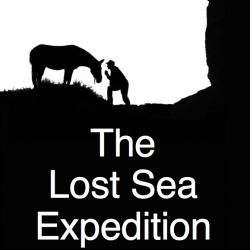The Lost Sea Expedition TV series is about a 394 day wagon voyage I (Bernie Harberts) took across the Great Plains – from Canada to Mexico – with my mule Polly. Our wagon was solar powered and tiny – just 21 square feet. The 4-part series premiered in January 2018 on Rocky Mountain PBS.

The Lost Sea Expedition was filmed with only the gear I carried in my wagon – no film crew, chase vehicle, support team or sponsor. I slowed down to explore a sped up world as only a man alone can do.
Out there in my tiny wagon, I filmed what I lived: tumbleweed gales, snow storms, the highs of Badlands Blue and the low of Prairie Fever. I lived with the people of the Great Plains and recorded their thoughts on film. That footage and those insights became the Lost Sea Expedition series.

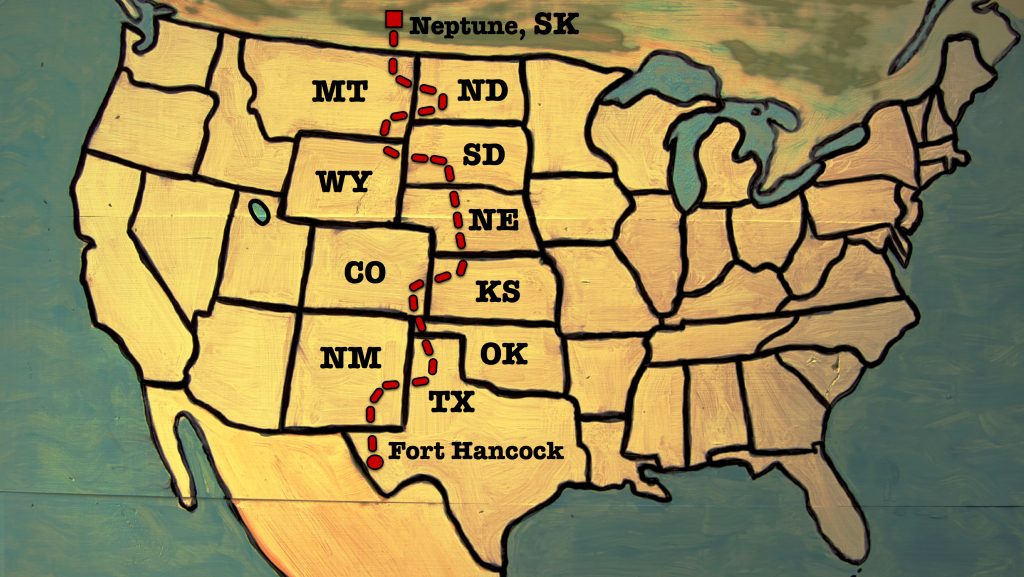
Evolution of a journey
I set out to explore the Great Plains – a little known part of America – and bring the experience home to you. Early in my voyage, I was given a marine fossil from the ancient sea that once covered the Great Plains. It was called a buffalo stone.

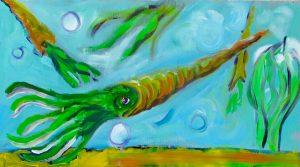
As I traveled across the Plains in my wagon, I asked folks what they knew about this fossil. I interviewed ranchers, farmers, scientists, creationist and ordinary people.
Then things took a twist.
Not what I had in mind…
What started as a journey to learn about a vanished sea soon turned in to something else. Sure, folks told me their views on my fossil and the vanished sea it came from. Then they told me what was on their heart, what mattered to them out there on the Great Plains.
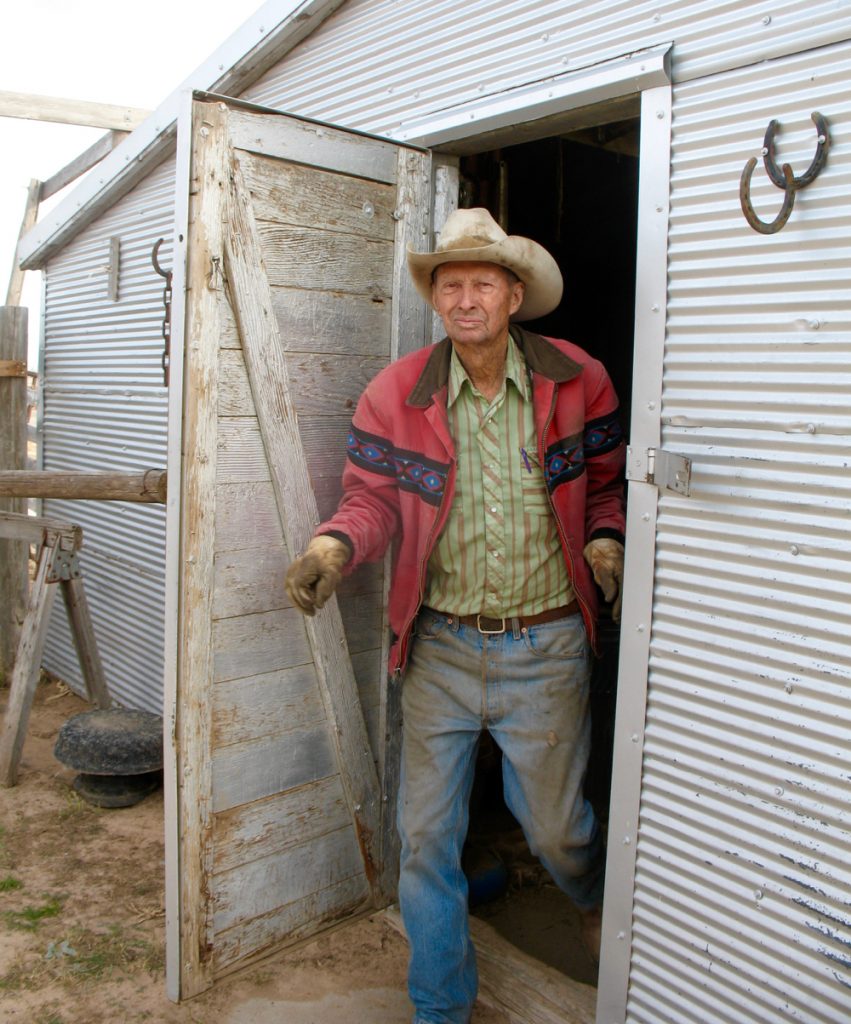
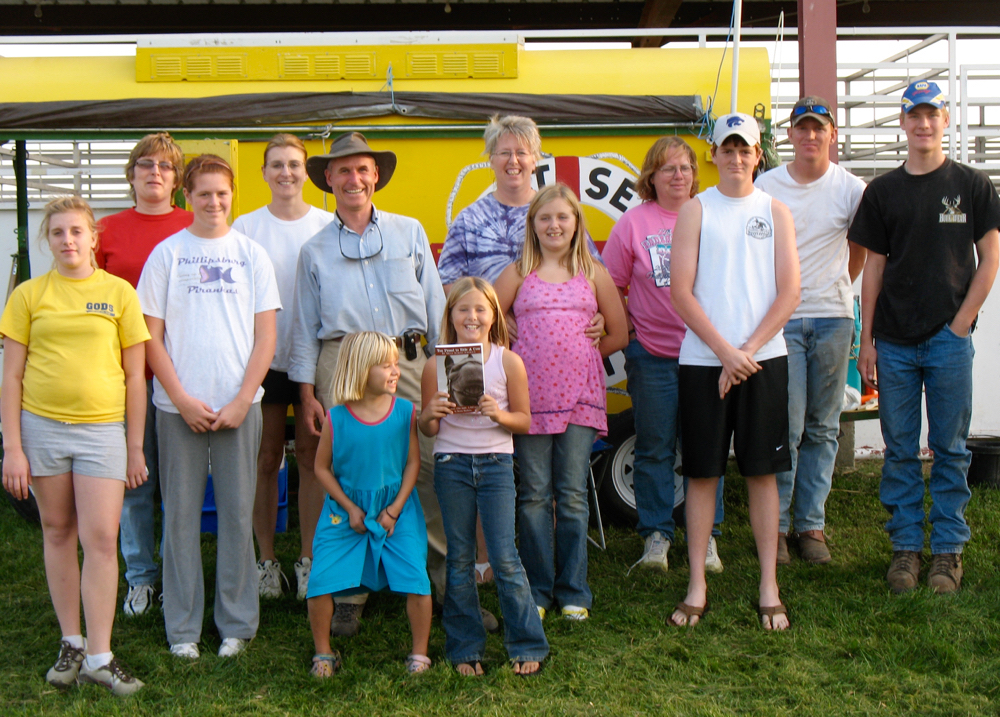

From meeting all these people, some themes emerged like:
-how will the Ogallala Aquifer, the nation’s largest underwater aquifer, survive if it is pumped faster than it can replenish?
-how will rural communities survive in the era of machine learning and mass automation?
-how does a person reconcile the scientific, Lakota and Christian views of a vanished sea?
14 months after I set out from Canada with my mule and wagon, I arrived on the Mexican border. I had set out to explore a Lost Sea. I discovered something much deeper.
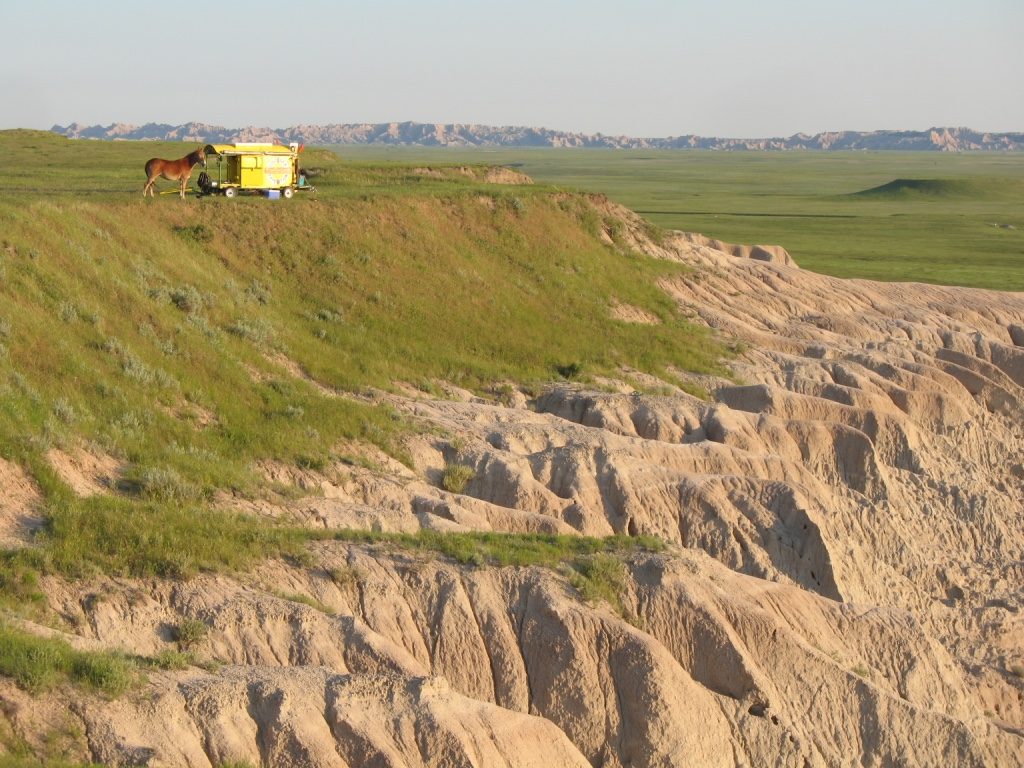
Why does the Lost Sea Expedition matter?
The Lost Sea Expedition matters because it takes a deep map look in to some of the most divisive issues of our time: religion, water use, automation and the depopulation of America’s Great Plains. Because I traveled so thoroughly, I was able to spend months listening to the people of the Great Plains. And if you can understand America’s Heartland, you have a good chance of understanding this nation as a whole, from its people to its politics.
The other reason the Lost Sea Expedition matter is, well, it’s just a darn good yarn! It’s about a man and his mule striking out across the Great Plains. No smart phone, crowd funding, internet connection or social media. It’s about authentic travel, hardship and redemption and a very real, not virtual, existence.

Watch the Series
Here are a few ways you can watch the Lost Sea Expedition series.
Stream the series

